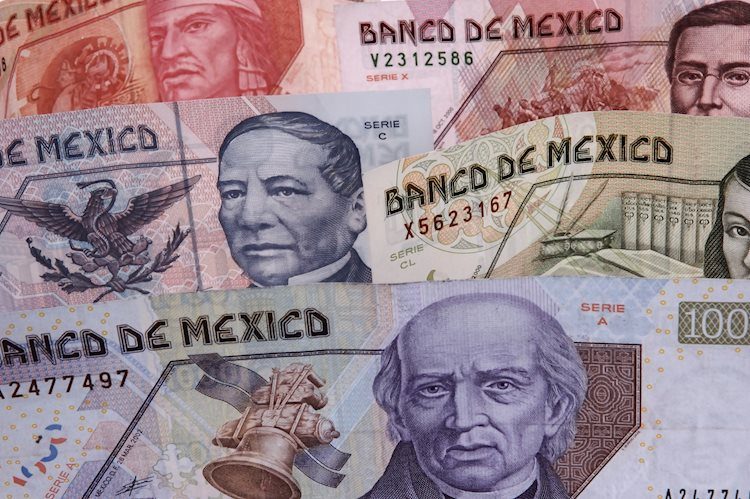The Mexican Peso is facing pressure against the US Dollar amid fears of possible tariffs imposed by President Trump on Mexican imports. The uncertainty surrounding Trump’s policies has led to risk aversion in global markets and the USD/MXN pair is trading at 20.16, up more than 1.85%. The lack of clarity on China’s economic stimulus program has further added to the volatility in the market.
There is anxiety in Mexico over the potential impact of tariffs on imports from China, with fears of reaccelerated inflation and disrupted supply chains. Mexico’s Economy Secretary warned that such tariffs could put American companies, especially in the automotive sector, at risk. Meanwhile, the Bank of Mexico (Banxico) is expected to cut rates by 25 basis points in response to approaching inflation targets.
In the US, consumer sentiment for November improved sharply, while inflation expectations for the short and long term were mixed. Despite the Fed’s decision to cut rates by 25 bps, Powell emphasized that the economy remains solid and inflation is making progress towards the 2% goal. Next week, Mexico will release consumer confidence data, industrial production figures, and Banxico’s policy decision, while in the US, Fed speakers, inflation data, and retail sales will influence the USD’s trajectory.
The USD/MXN bias remains upwards, with the pair trading above 20.00 as sellers lost steam and buyers pushed it above 20.50. If buyers continue to push higher, levels of 20.80 and 21.00 will be exposed. On the downside, sellers must regain control of the 20.00 figure to challenge the 50-day SMA at 19.68. Further weakness could see a drop to 19.50 and 19.23.
The performance of the Mexican Peso is influenced by various factors including the central bank’s interest rate decisions, the country’s economic indicators, and geopolitical trends. Banxico’s objective is to maintain inflation at low and stable levels, typically around 3%. Interest rate hikes are positive for MXN as they attract investors, while lower rates weaken the currency. Macroeconomic data releases and market sentiment also affect the value of MXN.
As an emerging-market currency, the Mexican Peso tends to thrive during risk-on periods and struggles in times of market turbulence. With upcoming economic data releases and Banxico’s policy decision, the USD/MXN pair is likely to see further volatility in the near future. Investors will closely monitor developments in the US and Mexico to determine the future direction of the Mexican Peso.











